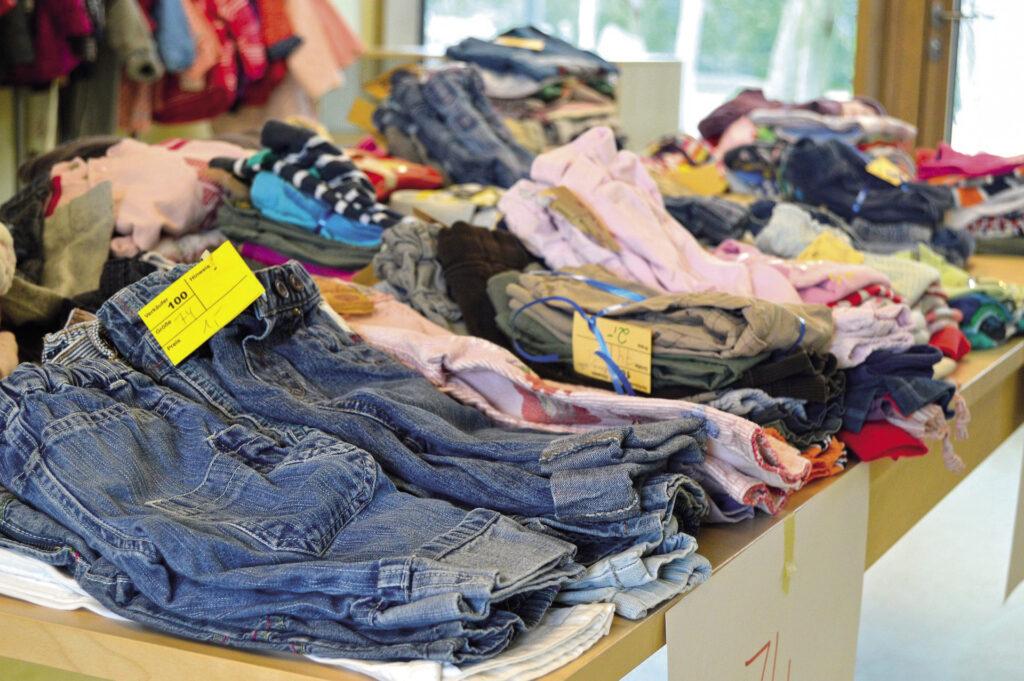One in four consumers buys second-hand goods to protect the environment
Owing to increasing living costs and consumer commitment to a more sustainable lifestyle, today it is no longer a shame to buy second-hand goods or have broken products repaired, according to Euromonitor International.

This article is available for reading in Trade magazin 2024/5
In 2023 the company conducted its International Voice of the Consumer sustainability survey, which found that 24% of global consumers purchase second-hand goods, and 41% would rather have broken items repaired than buy new ones.
Jorge Zuniga, senior sustainability consultant of Euromonitor International said that embracing recycling is especially important for Generation Z and Millennials. Over 40% of younger consumers buy second-hand products every few months, and more than 50% of shoppers aged 15-44 years plan to buy second-hand items in the near future. Euromonitor International has identified 12 sustainable consumer types based on their values and attitudes. Meat Avoiders and Zero Wasters are the main types of sustainable consumers, accounting for 36-36% of the sustainable market. //
Related news
Too many gifts, too much food: our holiday excesses are putting a serious strain on the environment
🎧 Hallgasd a cikket: Lejátszás Szünet Folytatás Leállítás Nyelv: Auto…
Read more >Lidl Austria Expands Electric Supply Fleet
🎧 Hallgasd a cikket: Lejátszás Szünet Folytatás Leállítás Nyelv: Auto…
Read more >Henkel: 3,000 accident-free days
🎧 Hallgasd a cikket: Lejátszás Szünet Folytatás Leállítás Nyelv: Auto…
Read more >Related news
Christmas shock in commerce: for the first time, we can pay with bank cards in fewer places
🎧 Hallgasd a cikket: Lejátszás Szünet Folytatás Leállítás Nyelv: Auto…
Read more >Hungarian Confectionery Manufacturers Association: trends in 2025 and prospects for 2026
🎧 Hallgasd a cikket: Lejátszás Szünet Folytatás Leállítás Nyelv: Auto…
Read more >Most grocery chains will be open until noon on December 24th
🎧 Hallgasd a cikket: Lejátszás Szünet Folytatás Leállítás Nyelv: Auto…
Read more >






